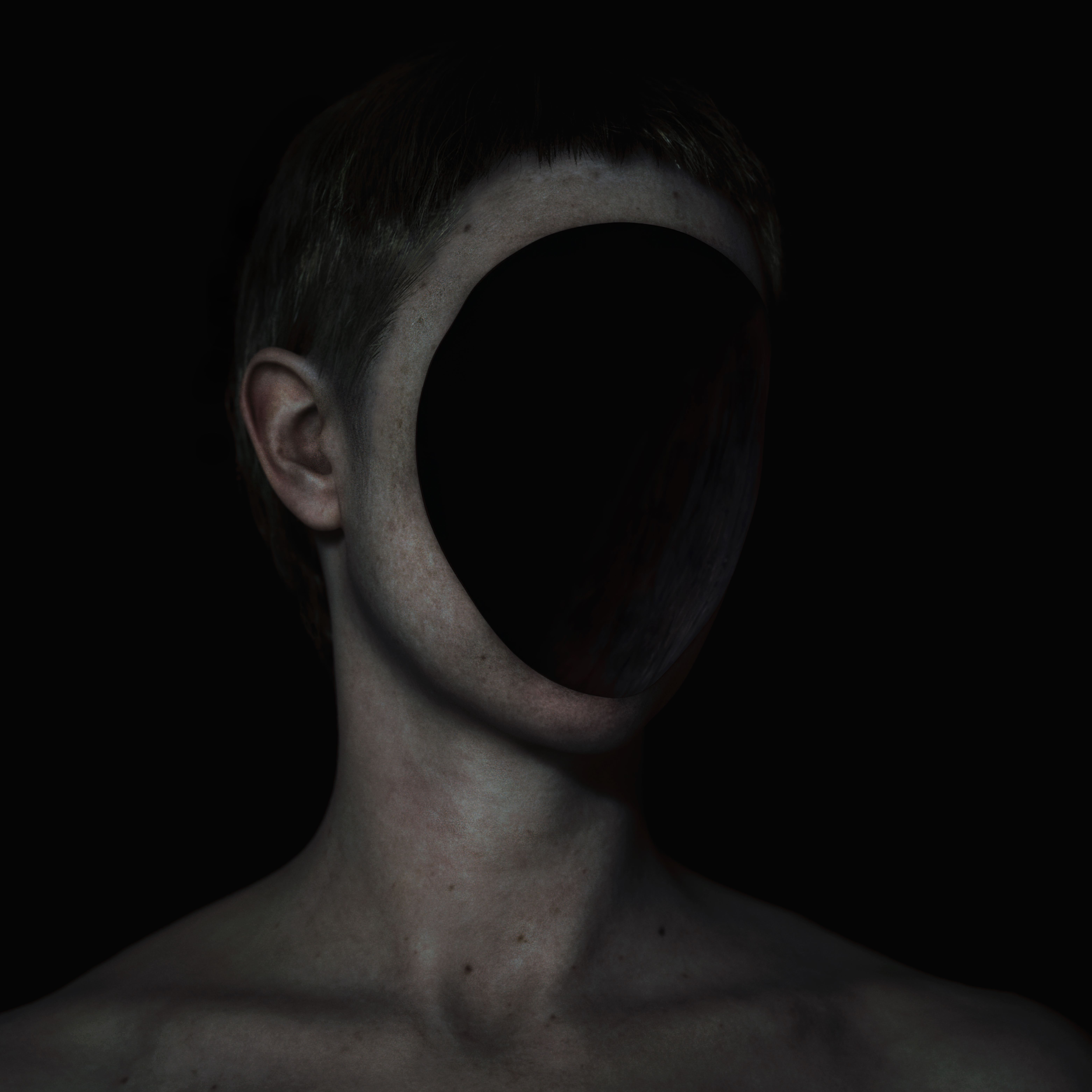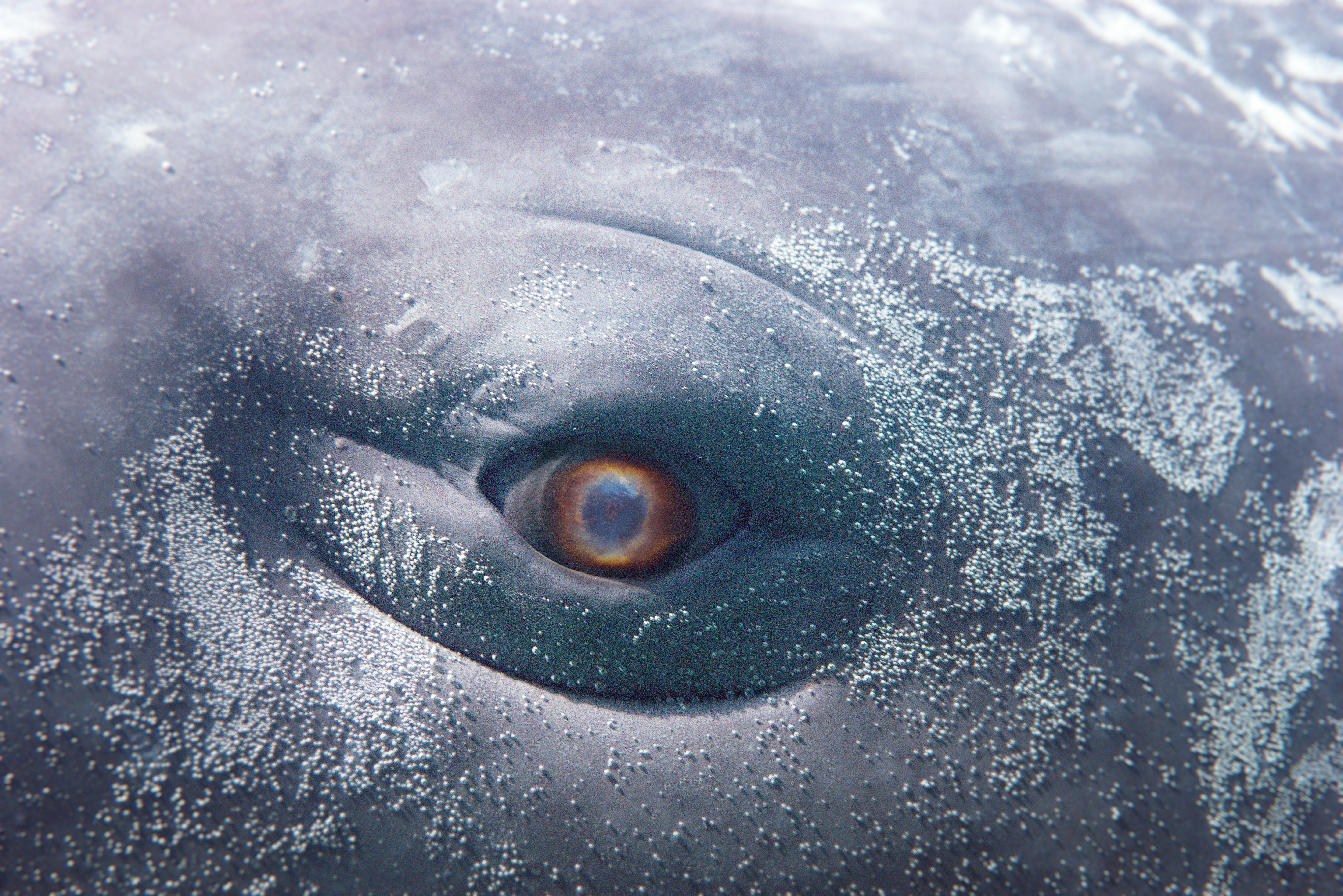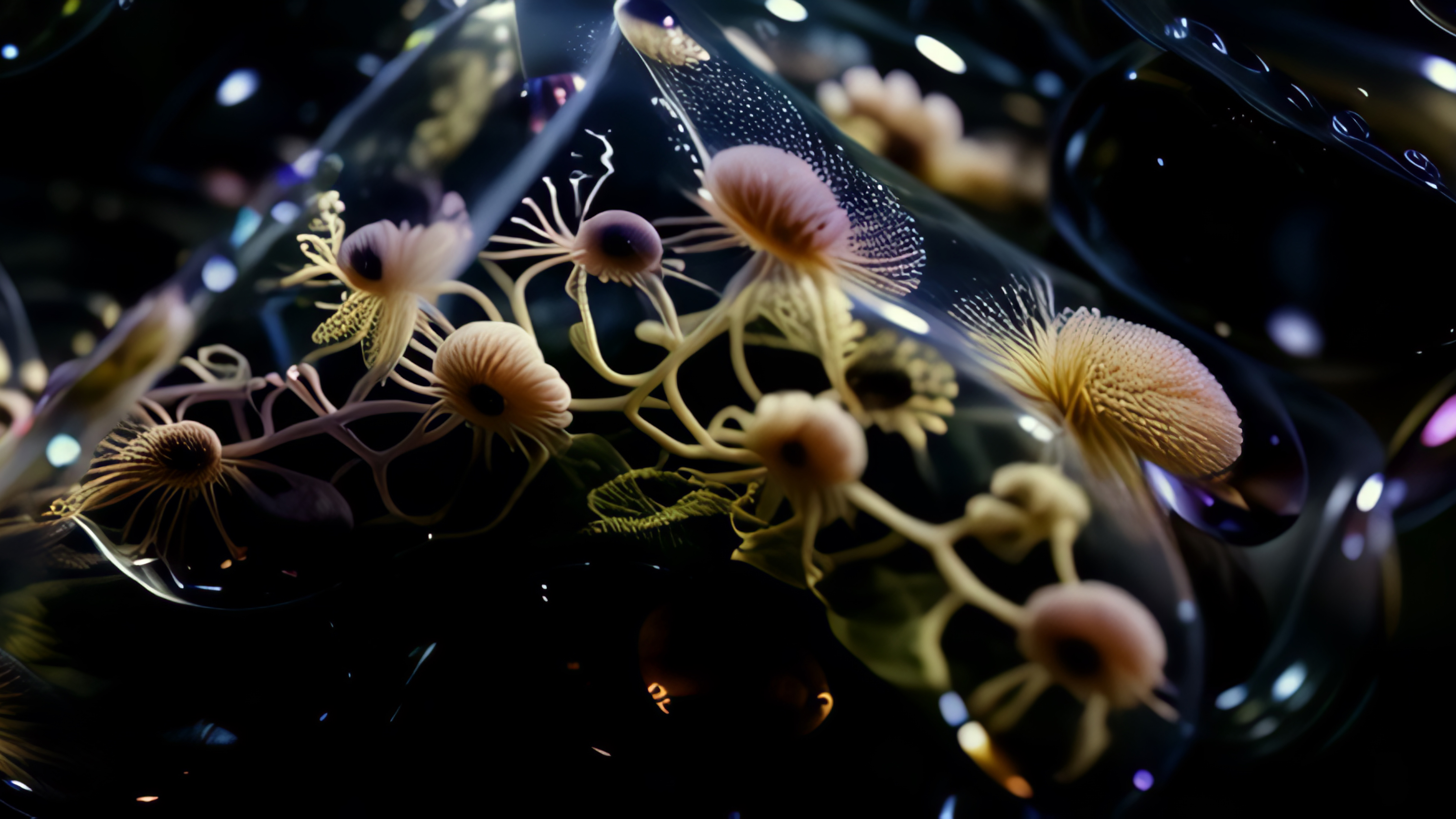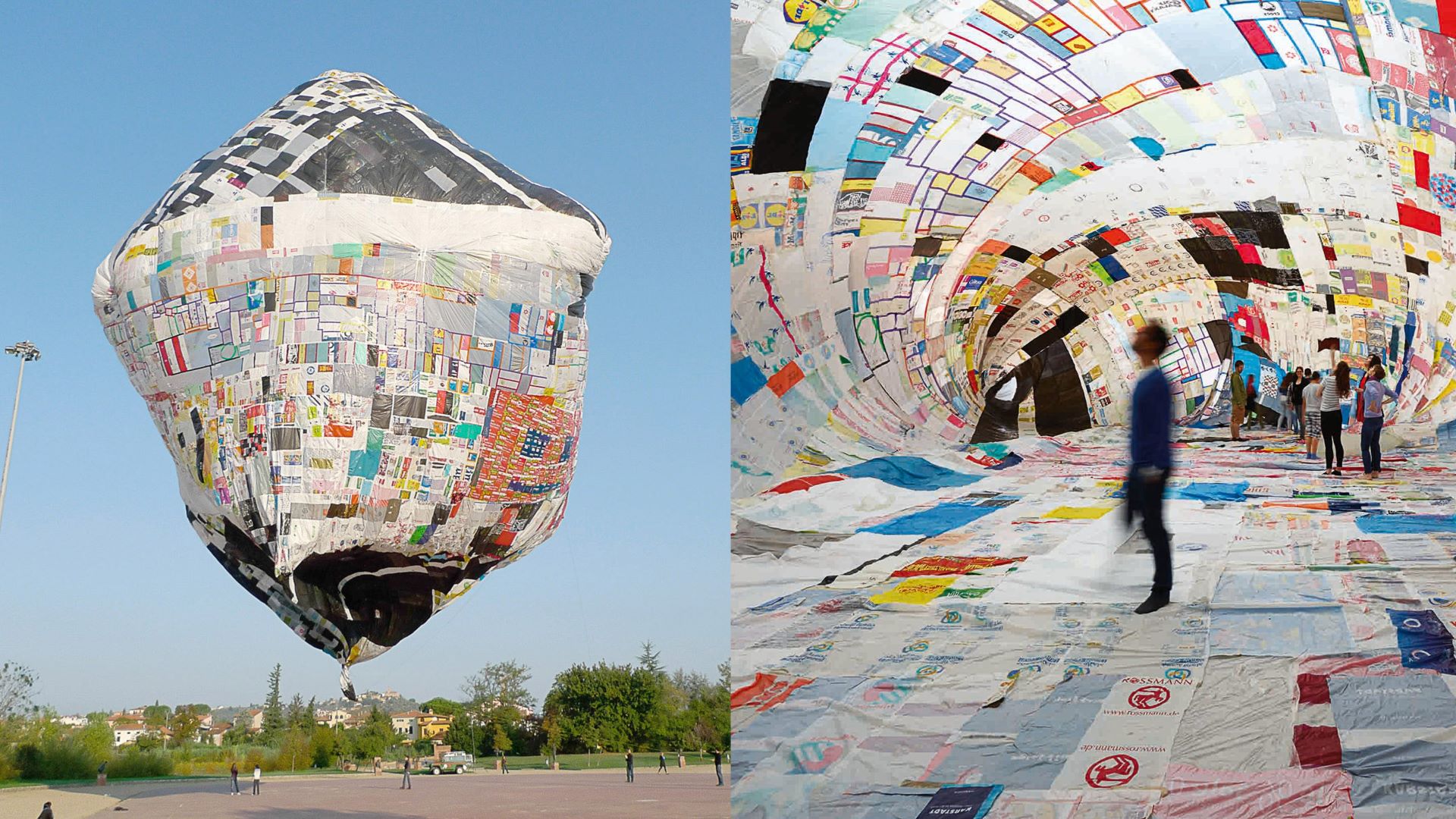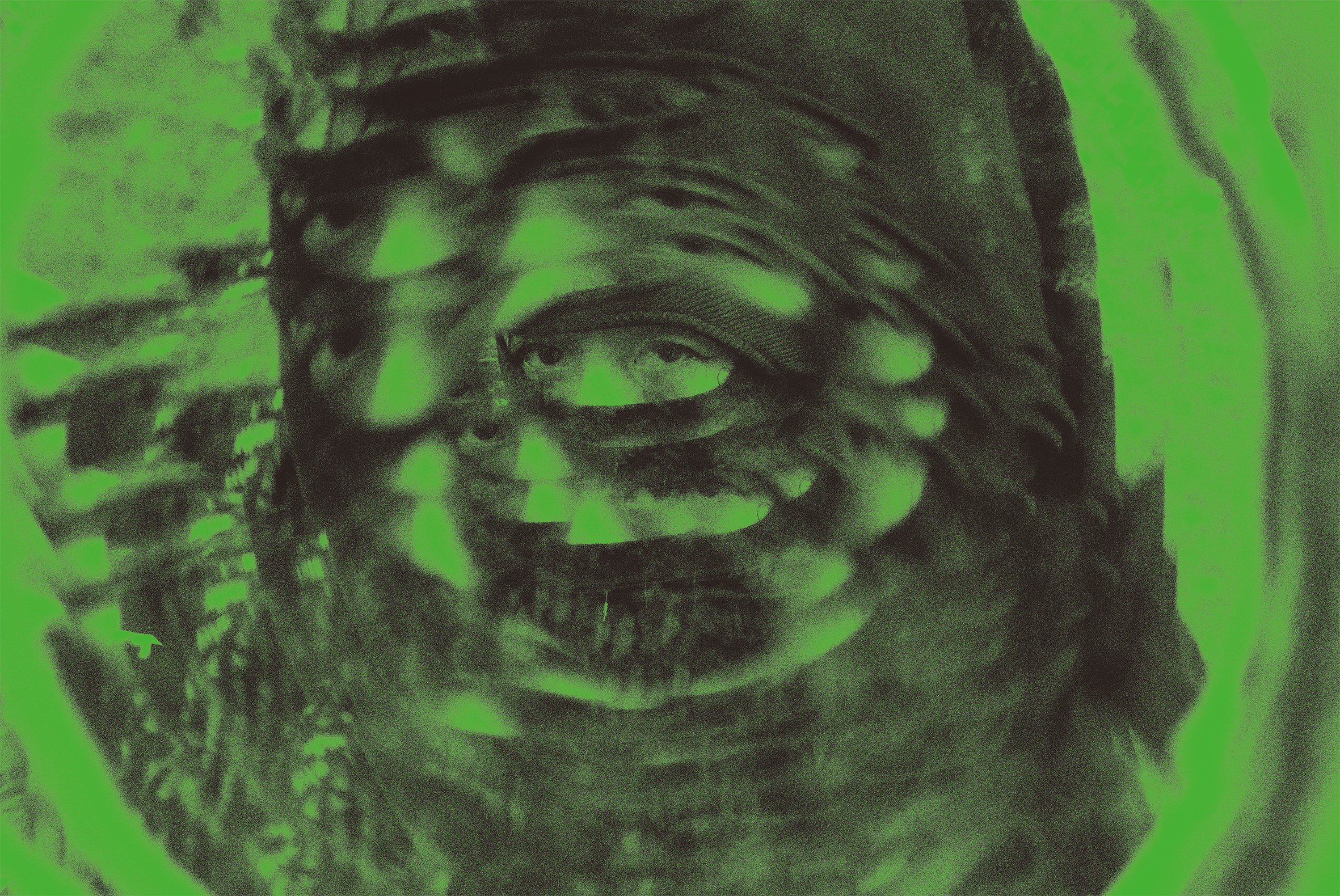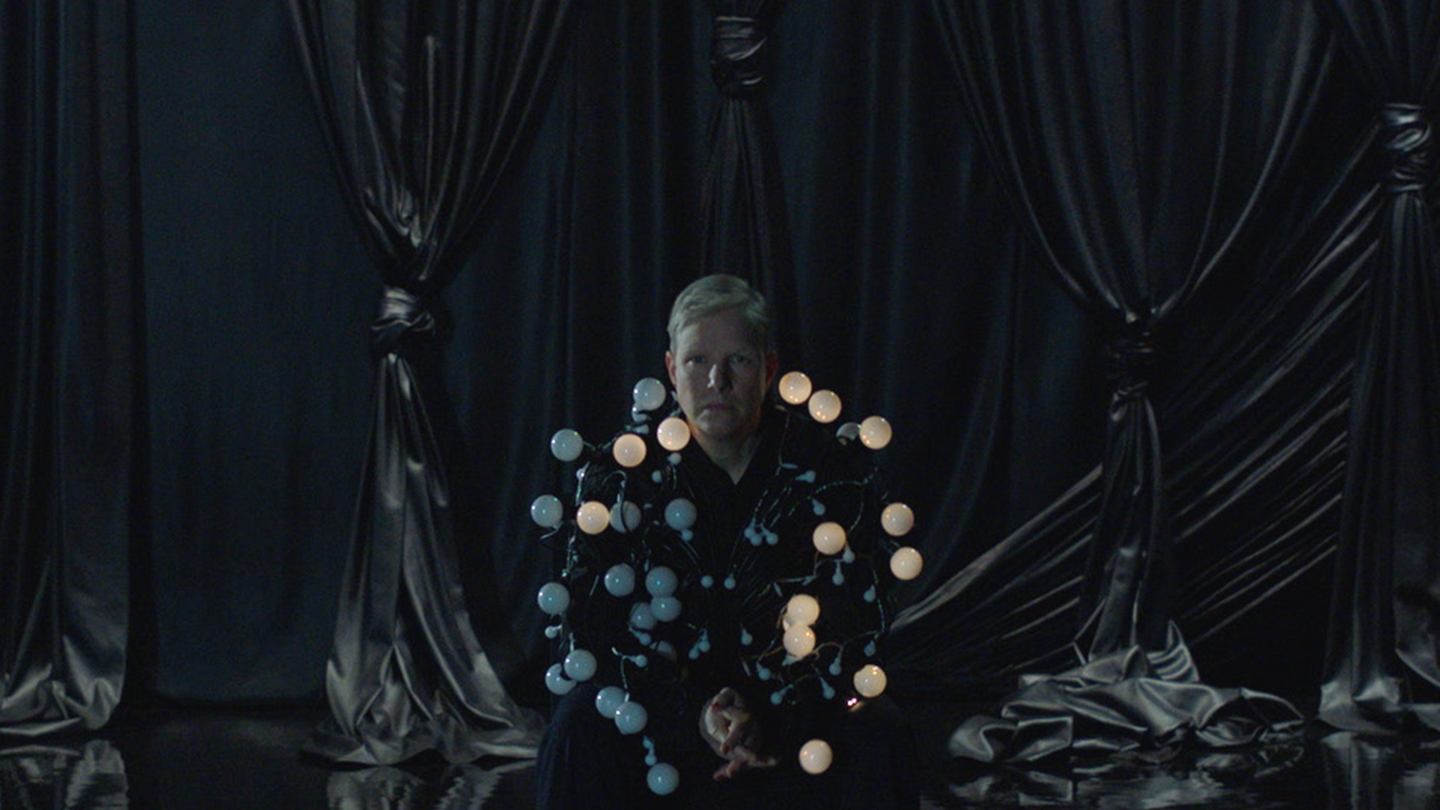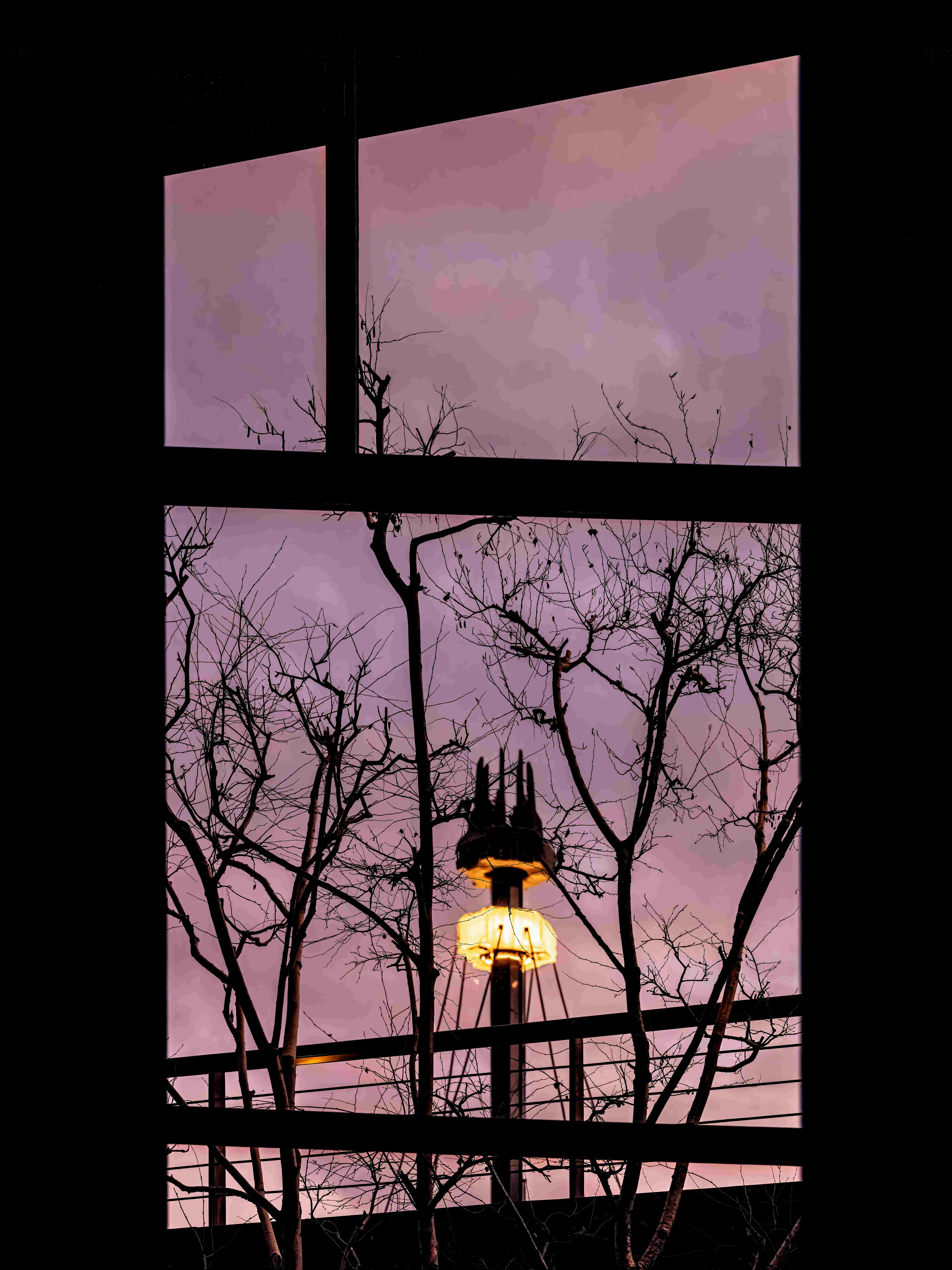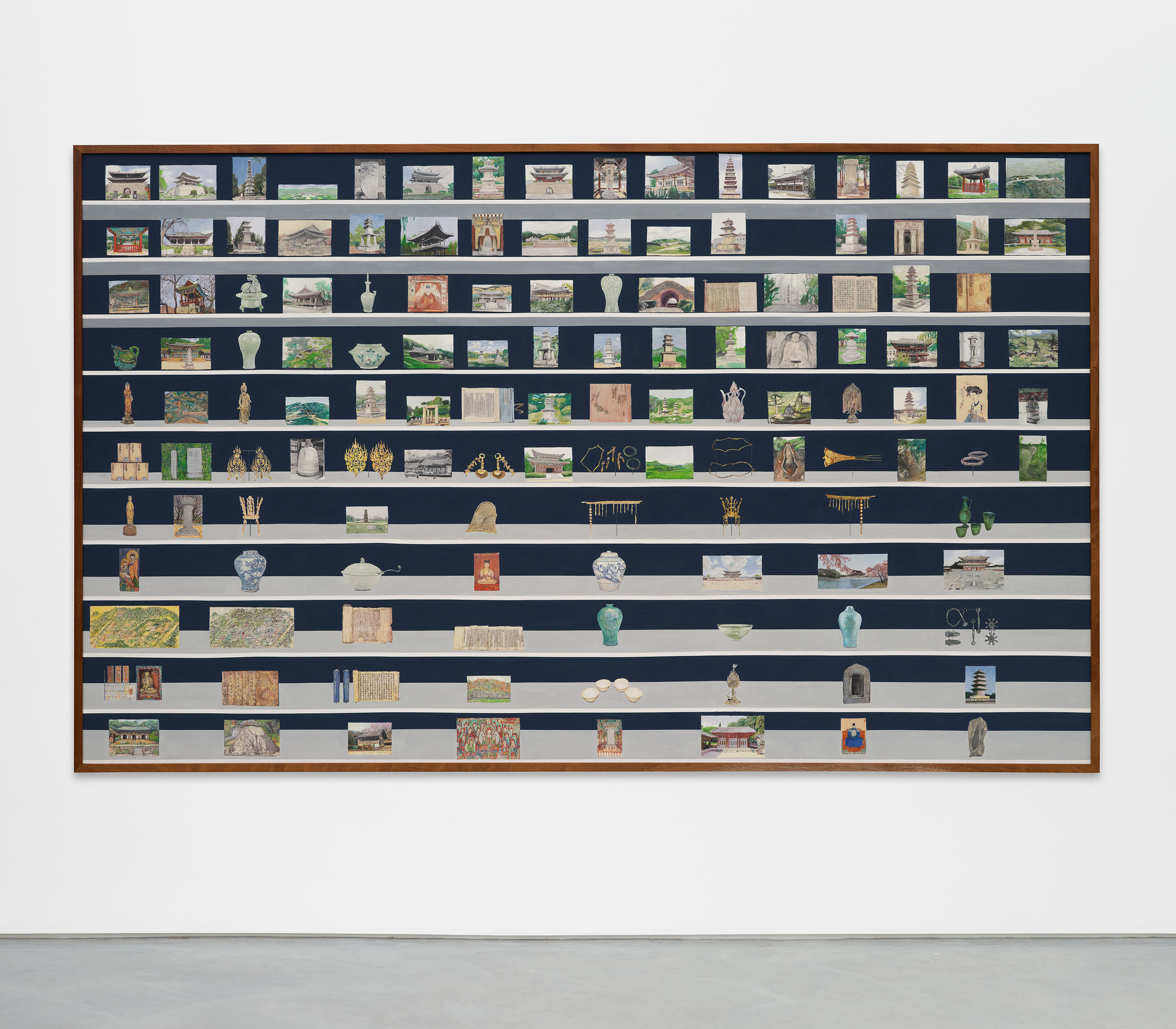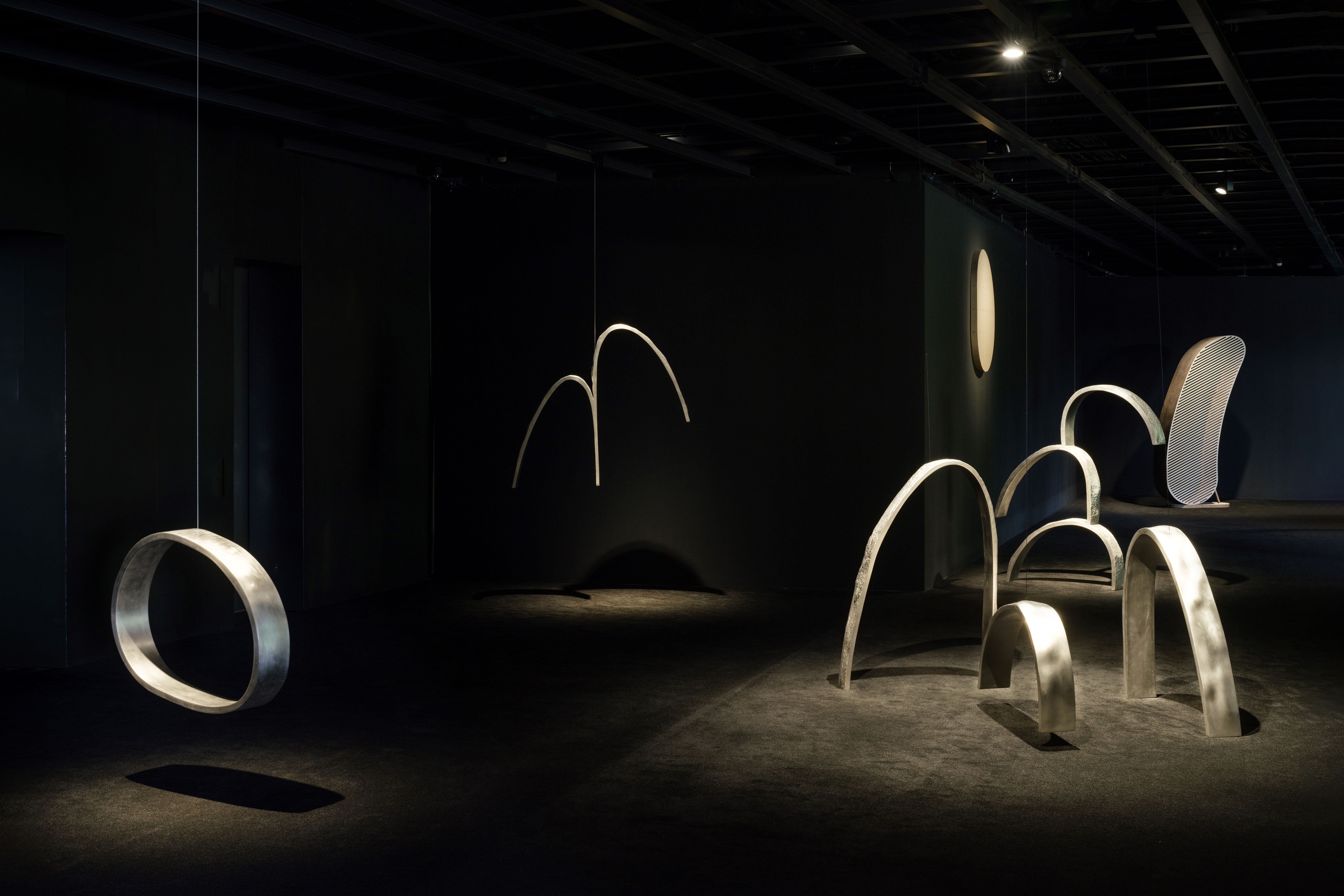Calder
July 18–October 20, 2013
Leeum, Samsung Museum of Art
747-18 Hannam-Dong, Yongsan-Gu,
Seoul, Korea 140-893
Hours: Tuesday–Sunday 10:30am–6pm
T +82 2 2014 6900
From 18 July to 20 October, Leeum, Samsung Museum of Art will present Calder, a grand retrospective of works by Alexander Calder (1898–1976), the American artist who transformed the history of art with his use of unconventional materials and his dramatic re-imagining of space. Co-organized by Leeum, Samsung Museum of Art and the Calder Foundation in New York, this exhibition will showcase over 100 works by the artist, spanning from the 1920s through the 1970s. Calder’s invention of the mobile liberated sculpture from the pedestal and challenged the idea that the element of mass was one of its necessary constituents, and his relentless innovation and strong creative vision extended beyond the lines of an established genre in art.
Calder grew up in a family of artists; his father and grandfather were both successful sculptors and his mother was a painter. Despite his artistic talent, Calder studied and worked in mechanical engineering before ultimately settling in New York, where he took classes at the Art Students League and created paintings and drawings that will serve as the starting point of this exhibition. In the summer of 1926, Calder moved to Paris, the center of the art world and home to a vibrant community of avant-garde artists, including Piet Mondrian, Joan Miró, Marcel Duchamp, and Jean Arp. Soon after arriving, Calder dedicated himself to sculpting in wire, thereby creating a radically new form of sculpture in which volume is suggested by expressive lines. These investigations of form and action often took the shape of animals and circus performers, as well as portraits of Calder’s friends and figures from popular culture.
Calder’s initial venture into pure abstraction occurred in 1930, when he created a small series of nonobjective oil paintings, three of which will be presented in the exhibition. Calder subsequently moved on to create sculptures in wire and wood, and, intrigued by the idea of abstract forms able to occupy various positions in space, used motors and cranks to create works that could perform two- or three-cycled motions. Marcel Duchamp coined these new objects “mobiles,” after which Jean Arp wryly suggested that Calder call his static constructions “stabiles.” Calder began to design mobiles to be suspended from the ceiling beginning in 1932, adding a new fourth dimension to sculpture by incorporating time into space.
The range of Calder’s creative output was exceedingly wide, yet the artist infused each of his works of art with its own particular energy, its own life, as well as a quality of the artist’s character that is apparent throughout his body of work. The exhibition includes stunning pieces of Calder’s jewelry, as well as historic documentary and experimental films featuring the artist and his work. Finally, the retrospective will close with two examples of Calder’s late outdoor works, Grand Crinkly (1971) and Untitled (1976). Calder’s iconic monumental sculptures such as these are installed in public parks and plazas all over the world and have become amongst the most recognizable examples the artist’s work.
This large-scale retrospective of Calder’s oeuvre is the first to be held in Korea, allowing the Korean public to experience works which have been continuously exhibited around the world to resounding response and with astounding contemporary relevance even forty years after the artist’s death. Spanning the course of the artist’s career, the works presented at Leeum hail from the world’s most important public and private Calder collections, including the Museum of Modern Art, New York; Solomon R. Guggenheim Museum, New York; Whitney Museum of American Art, New York; National Gallery of Art, Washington, D.C.; Musée National d’Art Moderne / Centre Pompidou, Paris; Samsung Foundation, Seoul; and the Calder Foundation, New York.
Curated by Alexander S.C. Rower, President of Calder Foundation, New York and Hyunsun Tae, Senior Curator of Leeum, Samsung Museum of Art
Leeum, Samsung Museum of Art was opened in central Seoul in 2004 and providesa unique environment to house the comprehensive collections of traditional and contemporary art in Korea. Three buildings make up the composite complex. MUSEUM 1 is devoted to the exhibition of traditional Korean artwork. MUSEUM 2 showcases modern and contemporary works by both Korean and foreign artists. Finally, the Samsung Child Education & Culture Center supplements the two Museums by contributing to the cultural education of our future leaders. This cultural complex was designed by three internationally acclaimed architects, Mario Botta, Jean Nouvel and Rem Koolhaas. The three buildings exist in harmony with each other, though each piece has its own uniqueness. These architectural works are designed to accommodate the past, present, and future of art and culture.
The museum is committed to establishing and preserving a new interpretation and perspective of traditional Korean art, encouraging and presenting new trends in Korean modern art, and displaying international contemporary art that reflects the preeminent values of our time.
Press contact:
Lee You Jin, Public Relations Team
T +82 2 2014 6553 / youjin30.lee@samsung.com
